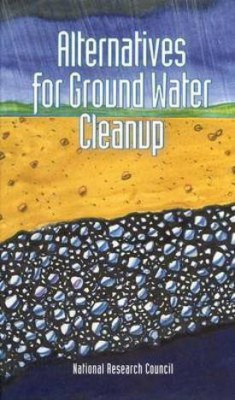Alternatives for Ground Water Cleanup(English, Paperback, National Research Council)
Quick Overview
Product Price Comparison
There may be nearly 300,000 waste sites in the United States where ground water and soil are contaminated. Yet recent studies question whether existing technologies can restore contaminated ground water to drinking water standards, which is the goal for most sites and the result expected by the public. How can the nation balance public health, technological realities, and cost when addressing ground water cleanup? This new volume offers specific conclusions, outlines research needs, and recommends policies that are technologically sound while still protecting health and the environment. Authored by the top experts from industry and academia, this volume: Examines how the physical, chemical, and biological characteristics of the subsurface environment, as well as the properties of contaminants, complicate the cleanup task. Reviews the limitations of widely used conventional pump-and-treat cleanup systems, including detailed case studies. Evaluates a range of innovative cleanup technologies and the barriers to their full implementation. Presents specific recommendations for policies and practices in evaluating contamination sites, in choosing remediation technologies, and in setting appropriate cleanup goals.Table of Contents Front Matter Executive Summary 1 The Ground Water Cleanup Controversy 2 Complexity of the Contaminated Subsurface 3 Performance of Conventional Pump-and-Treat Systems 4 Capabilities of Enhanced Pump-and-Treat and Alternative Technologies 5 Characterizing Sites for Ground Water Cleanup 6 Setting Goals for Ground Water Cleanup 7 Policy Implications of a Technical Problem A Summary of Pump-and-Treat Systems Reviewed in This Study B Glossary C Biographical Sketches of Committee Members and Staff Index


